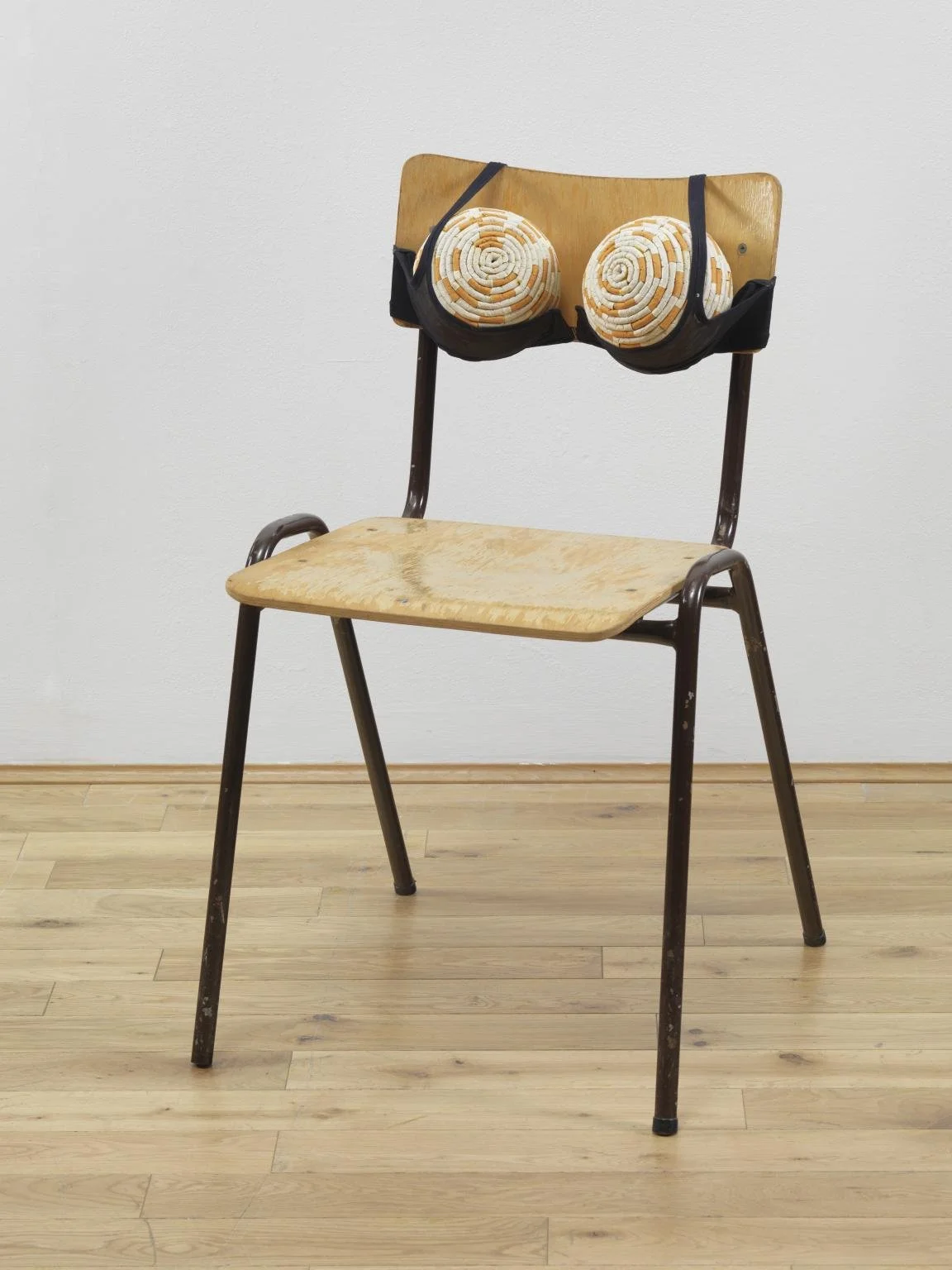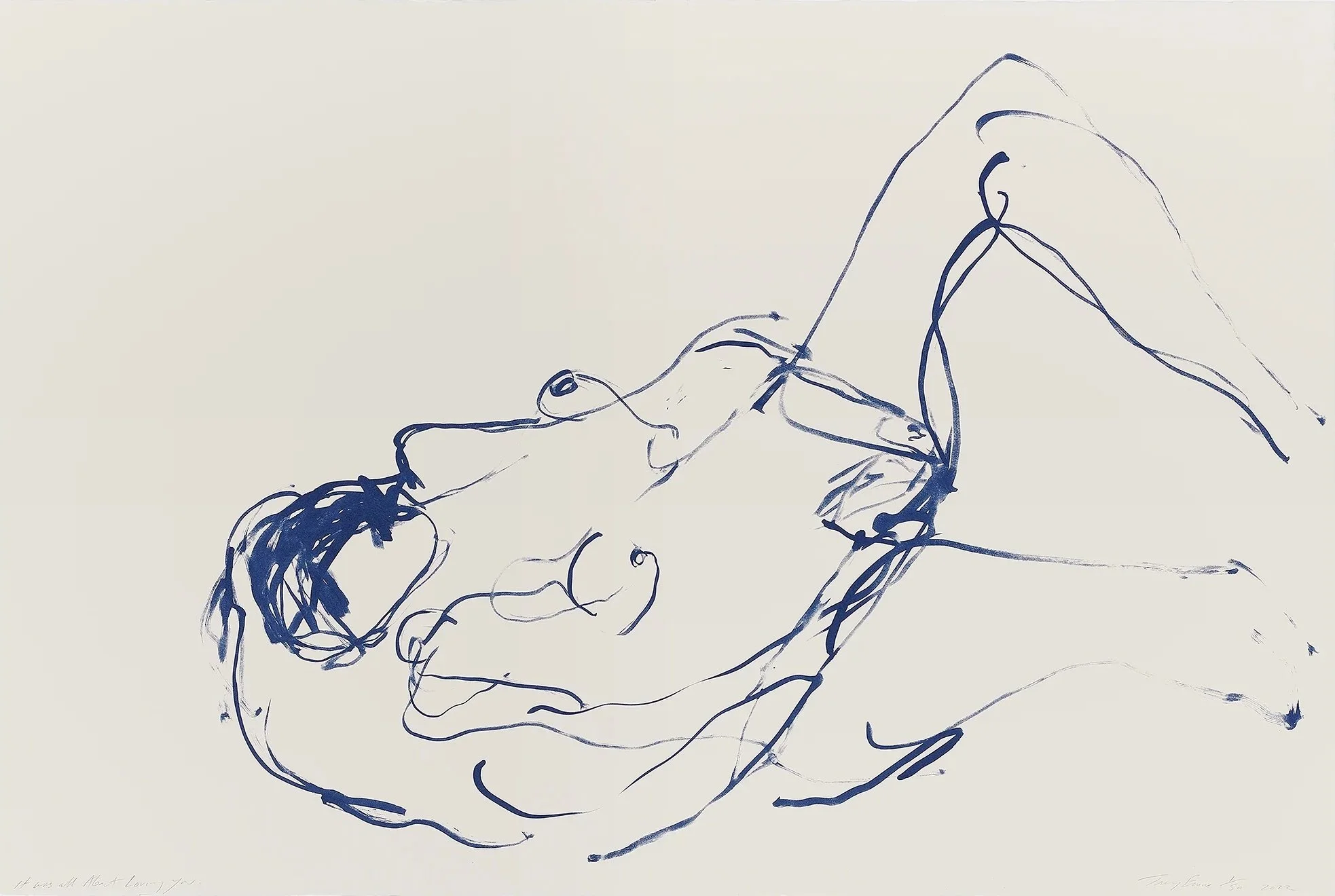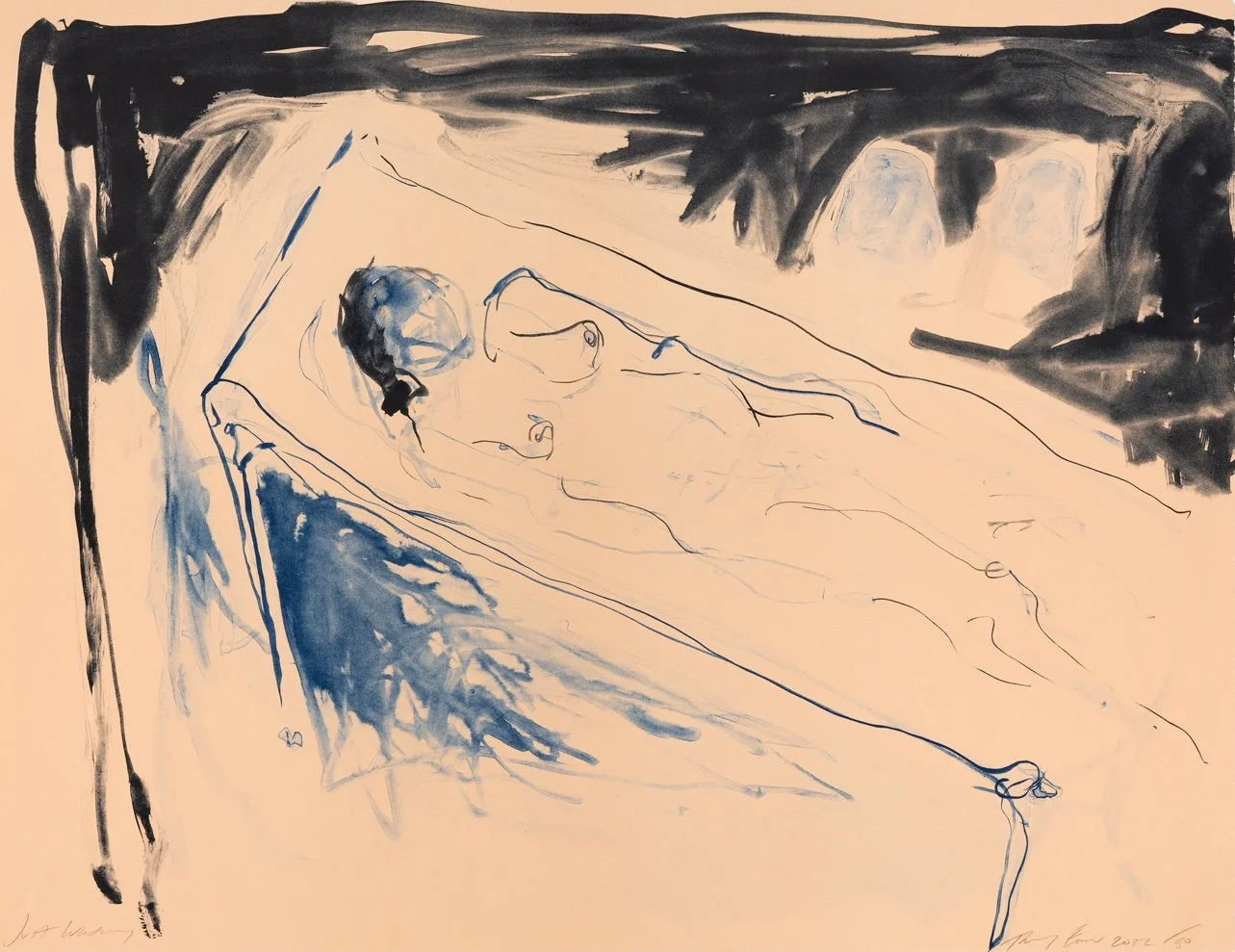A quick history of the YBAs
Including Tracey Emin, Damien Hirst and Sarah Lucas, the Young British Artist movement of the 1990’s propelled once unknown artists into the international spotlight. The YBAs came about at a time of huge political and cultural change all with the aim to kept the art world exciting.
The phenomenon of the Young British Artists first came about as a result of their most celebrated, richest and notorious member, Damien Hirst. In 1988, Hirst organised the exhibition ‘Freeze’ , whilst still a student at Goldsmiths College of Art, a place heavily associated with YBAs. Freeze featured the work of Sarah Lucas, Angus Fairhurst and Michael Landy.
‘The Big Six’ right to left: Sarah Lucas, Mat Collishaw, Tracey Emin, Jenny Saville, Michael Landy and Damien Hirst
The term ‘young british artists’ used to describe the work of these artists was first done by Michael Corris of Artforum in May 1992. The acronym ‘YBA’ was later coined in 1996 by Art Monthly magazine. This label turned out to be a powerful marketing tool for the artists associated with it.
A key theme that defined all the artists was their enthusiasm to create and the ability to market their work; this is something that was seen at Hirst’s exhibition ‘Freeze’.
Broad trends of found objects and shocking imagery defined the work of the YBAs, however there was no one style or approach the artists adopted. The era is defined by their openness towards how art can be made and the form it can take.
Notable works during this time include:
‘My Bed’ by Tracey Emin
In 1998, Emin presented her own bed after a depressive episode as a self-portrait that offered everybody a chance to identify or project their own pain. In 1999, she was shortlisted for the Turner Prize for this work and it still remains one of the most controversial works in art history. In 2014, this piece sold for £2.5 million at Christies, London.
‘The Physical Impossibility of Death in the Mind of Someone Living’ by Damien Hirst
This piece consists of a preserved tiger shark submerged in formaldehyde in a glass-panel display case. It was originally commissioned in 1991 by Charles Saatchi, who sold it in 2004 for an undisclosed amount, widely reported to have been at least $8 million. When creating the piece, Hirst wanted to enclose something "big enough to eat you". Since its creation it has become on of the most recognisable and imitated pieces of contemporary art.
‘Cigarette Tits’ by Sarah Lucas
In 1999, Lucas presented ‘Cigarette Tits’, a chair representing a stand-in body, displaying two balls covered in cigarettes, held in a black bra. Lucas used cigarettes to display their rebellious side and a believed them to be phallic symbols. Smoking, she says, is a chance to ‘pause and contemplate’. Lucas’s work frequently engages with representations of femininity and her witty remarks exemplified the YBAs’ mentality of shock-value and a rejection of the artistic canon.
With the group now being in their 50’s, the word young can no longer be used to describe them. They are also all now fully established internationally-acclaimed artists. They also no longer share a common style of work. However, it is undeniable that their rise to fame over 20 years ago changed the art world forever. Their combined contribution to the British contemporary art climate enabled the success of the Tate Modern.
The YBAs remain a force in the international art market today with Damien Hirst’s Currency series sending shock waves after it was revealed he would burn any prints people chose to swap for the NFT equivalent.
Available works from Extraordinary Objects by the YBAs:






